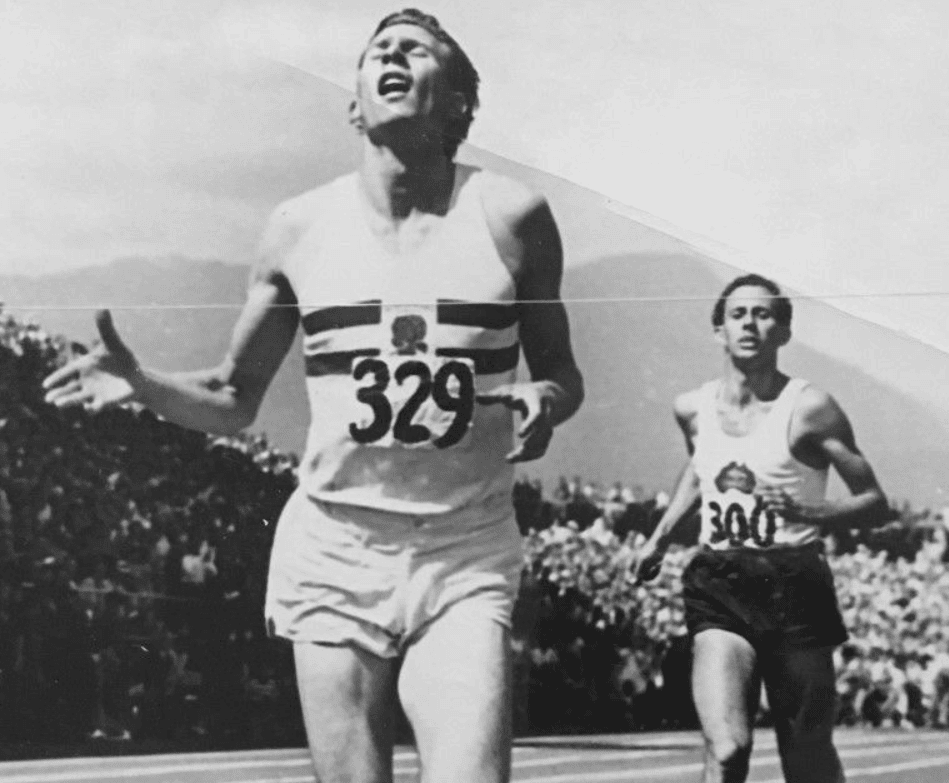Being an athlete in modern times can be difficult. While it used to be that a person could be gifted the genetic lottery and rely on that with some working out, that is no longer the case. People who start off with less can be just as impactful and that is completely due to today’s science. We know what foods to eat, what exercises to do, and much more. Yet genetics can still be helpful too with all of this. Some of the greatest athletic accomplishments in history still took a lot out of a person.
A lot goes on with these performances beyond what you saw or heard about. It took sometimes years of training to accomplish it as well as the psychological ability to handle intense pressure during those moments. Sometimes luck also played a part as well gonads of steel! We decided to break down how some of the greatest athletic accomplishments happened scientifically, so you can appreciate them even more. Let’s get started!
Running A Mile In Under 4 Minutes

While other people have managed to accomplish this now, the first person in history to run a mile under 4 minutes was Roger Bannister from the United Kingdom. He did this on May 6, 1954, at Iffley Field in Oxford, England. Officially, he finished with a time of 3:59:40. The record holder for the mile run today is Hicham El Guerrouj of Morrocco with a time of 3:43:13. The average mile run for boys/men from 16 to 30 is 9 to 10 minutes. For women of that age, 12 to 15 minutes.
Running a mile in less than 4 minutes means you have to run every yard in less than 20 seconds. That’s why less than 100 humans in history have done it. Bannister’s accomplishment, to some, meant more than Hicham’s since he didn’t have access to the same training methods as Hickam. The fact you have to essentially sprint the entire mile also means every person who went under 4 minutes had to have extremely good cardiovascular health, never slowing up the entire mile.
